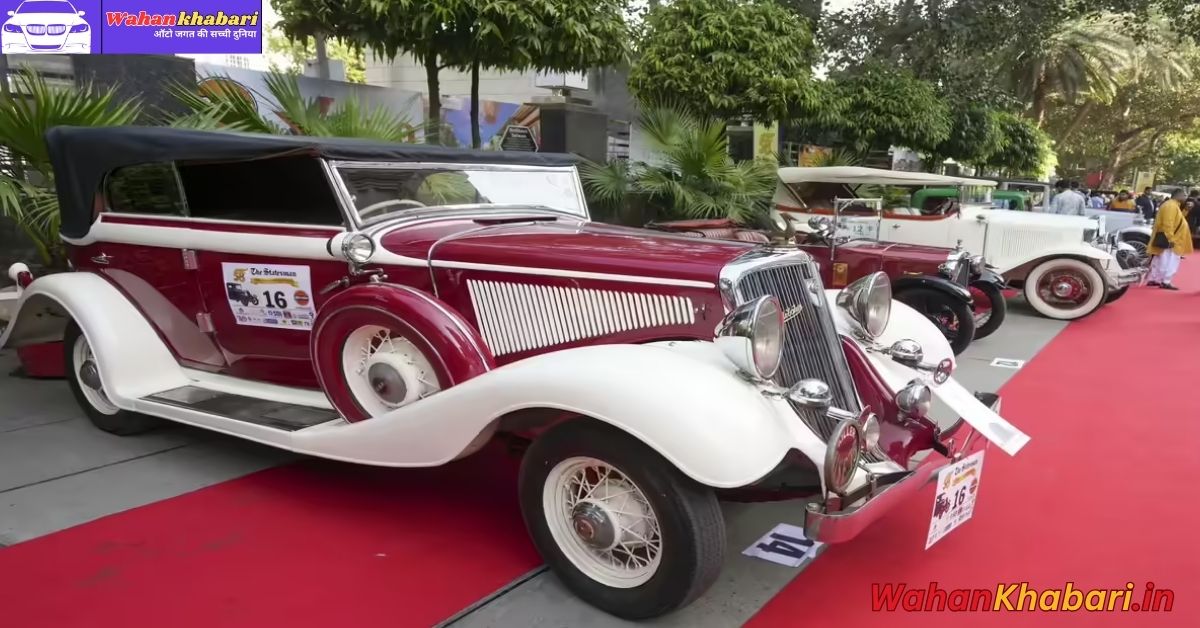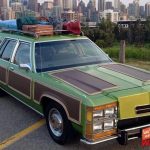India’s automotive heritage just received a major boost. As of September 2025, the Uttar Pradesh government has officially launched a specialized registration program for vintage vehicles—cars and motorcycles that are over 50 years old. This long-awaited move, based on the Ministry of Road Transport and Highways (MoRTH) directive from 2021, allows collectors and enthusiasts to formally document their classic machines under a dedicated “vintage” classification system.
This initiative is more than just paperwork—it’s a celebration of automotive history, a nod to cultural preservation, and a step toward responsible regulation of legacy vehicles.
🕰️ What Qualifies as a Vintage Vehicle?
Under the Central Motor Vehicles Rules (CMVR) of 1989, a vehicle qualifies for vintage status if:
- It is a two-wheeler (L1/L2 category) or four-wheeler (M1 category) registered more than 50 years ago from its first sale.
- It retains its original specifications, including chassis, body shell, and engine components.
- It has not undergone significant structural modifications.
- Agricultural vehicles like tractors are excluded from this classification.
Importantly, age alone does not automatically qualify a vehicle as vintage. Owners must apply for the classification and undergo a thorough inspection to verify authenticity.
📝 How to Register a Vintage Vehicle
Owners of eligible vehicles must submit a formal application at their local Regional Transport Office (RTO) or Assistant RTO (ARTO). The process includes:
- Submission of Form-20 along with supporting documents such as insurance policy, bill of entry (for imported vehicles), and previous registration certificate (if applicable).
- Inspection by a certified Motor Vehicle Inspector (MVI), who will verify the originality of the vehicle and create photographic documentation.
- Processing time of up to 60 days from the date of application.
Once approved, the vehicle receives a Vintage Registration Certificate (RC) and a special number plate in the “VA” series—for example, UP VA AA 00013.
💰 Fees and Validity
The registration fees are structured as follows:
- ₹20,000 for the initial Vintage RC
- ₹5,000 for renewals
The initial certificate is valid for 10 years, with subsequent renewals every five years. This ensures that vintage vehicles remain in good condition and are periodically reviewed for compliance.
🚫 Usage Restrictions
Vintage vehicles are not permitted for daily commuting or commercial use. Their registration certificates explicitly state these restrictions. However, they can be used for:
- Heritage rallies and exhibitions
- Technical research and educational purposes
- Occasional maintenance runs
This helps preserve the vehicles’ historical value while minimizing environmental impact and road congestion.
📜 Why This Matters
India has a rich automotive legacy, with thousands of classic cars and motorcycles tucked away in garages, estates, and museums. Until now, many of these vehicles lacked formal recognition, making ownership documentation and public display difficult.
The new registration system offers several benefits:
- Legal recognition and protection for heritage vehicles
- Improved documentation and ownership clarity
- Eligibility for participation in vintage rallies and events
- Enhanced resale value and collector interest
Transport officials have emphasized that this program serves dual purposes—regulatory compliance and cultural preservation.
🏁 A Boost for Collectors and Enthusiasts
For vintage vehicle owners, this is a moment of validation. The ability to register a classic car or bike under a dedicated category not only safeguards its legacy but also opens doors to a vibrant community of collectors, restorers, and historians.
Events like the Cartier Concours d’Elegance, Vintage Car Rally, and Auto Expo Classic Showcase now have a more inclusive framework, allowing registered vehicles to participate with official documentation.
Moreover, this move aligns India with global practices, where vintage vehicle registration is a standard feature in countries like the UK, USA, and Germany.
🛣️ Looking Ahead
While Uttar Pradesh is currently leading the charge, other states are expected to follow suit. The MoRTH directive provides a national framework, and state-specific Standard Operating Procedures (SOPs) are under review for broader implementation.
As the program gains traction, we can expect:
- More states launching vintage registration drives
- Increased visibility of classic vehicles in public events
- Growth in restoration businesses and heritage tourism
This initiative is not just about cars—it’s about preserving stories, engineering marvels, and the spirit of a bygone era.
🧭 Final Thoughts
The opening of vintage vehicle registration in India is a landmark moment for automotive culture. It bridges the gap between nostalgia and regulation, allowing enthusiasts to celebrate their passion with legitimacy and pride.
If you own a classic car or motorcycle that’s over 50 years old, now is the time to bring it out of the shadows and into the spotlight. With proper documentation, your vehicle becomes more than just a machine—it becomes a piece of living history.

Hello, my name is Muskan Kumari and I am an experienced Digital Marketer. I have been blogging for the last 3 years and I have special interest in SEO. Here I give you easy bikes and writes easy-to-understand reviews and news about the latest bikes, helping readers choose the best options.. My aim is to always provide you with accurate, new and useful information.










